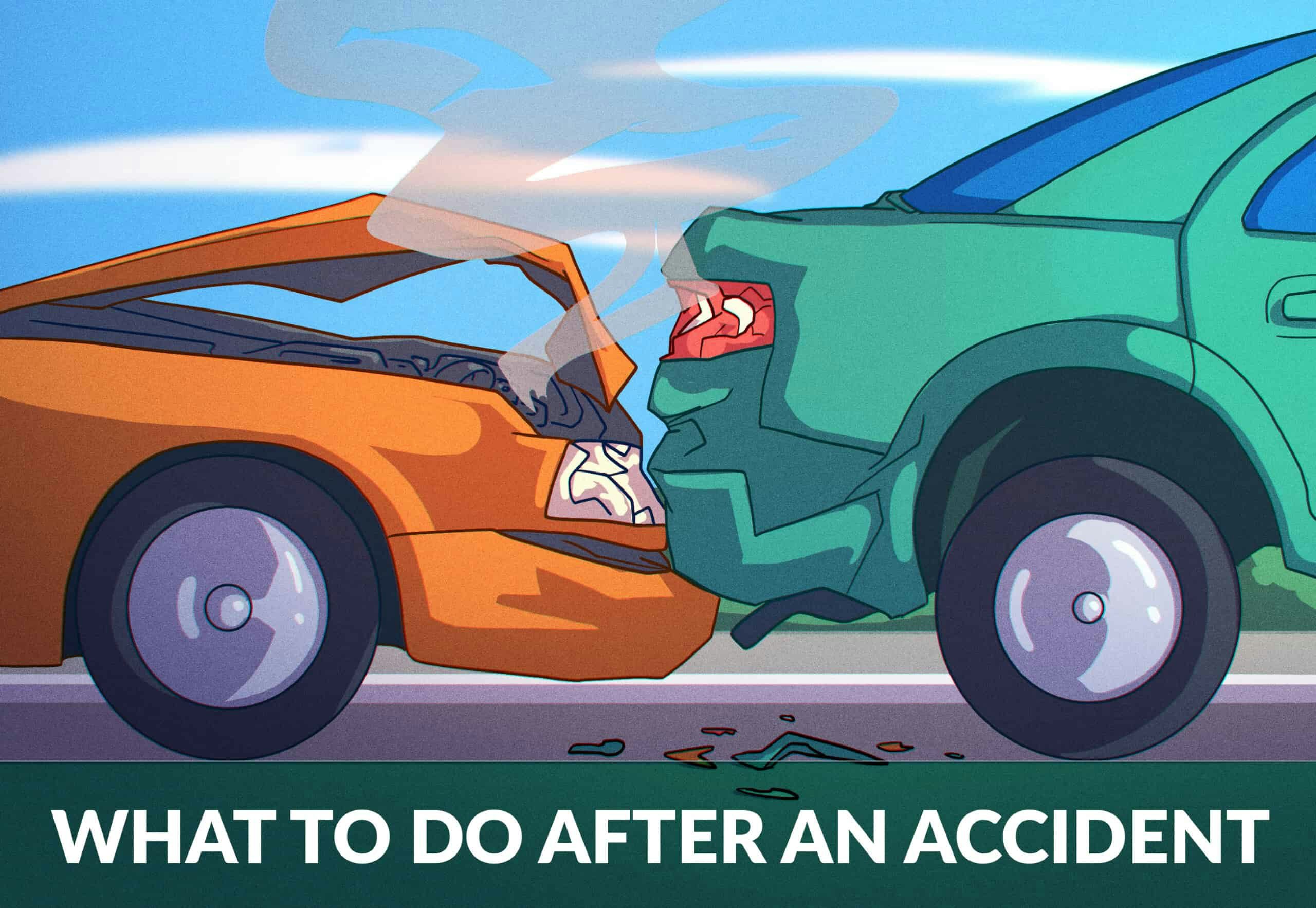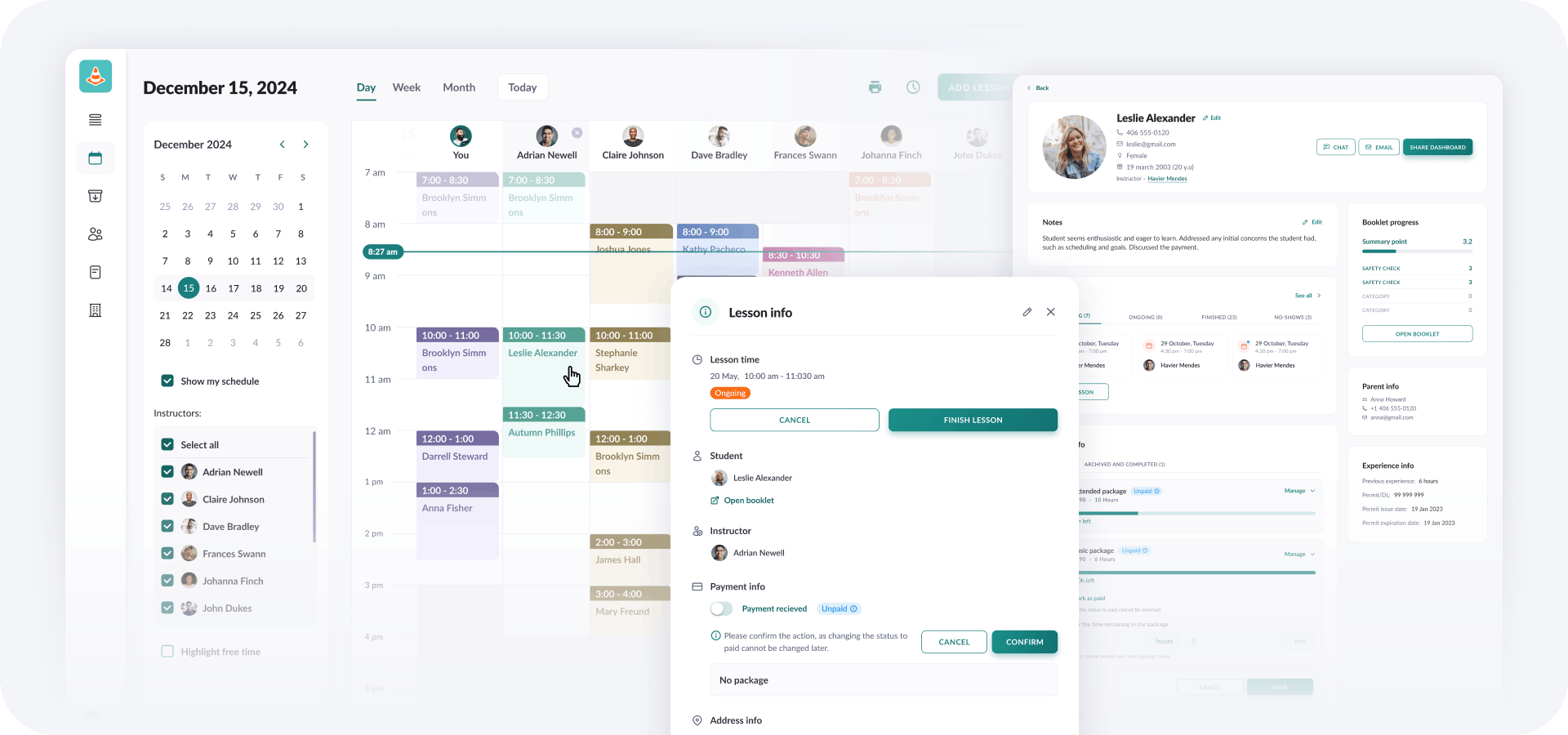
What to Do After a Car Accident
Road accidents happen all the time. But, most drivers don’t really like to think about being involved in a car crash, or what to do at the crash scene. The truth is, anyone can be involved in an accident. Even you! And even if you haven’t done anything wrong. For example, you could have your morning commute rudely disrupted by it distracted, drunk, or aggressive driver.
So, what should you actually do if you are in a car accident? In this guide, we will go through everything you need to know.
10 Things to Do After a Car Accident
Step 1: Calm Down
You’ll probably feel a little shaken up after an accident, even a minor one. Take a deep breath and calm down. Never leave the site of a vehicle crash without taking the time to check for injuries, exchange information, and file a police report.
Step 2: Check for Injuries
After a car accident or other vehicle accident, immediately check yourself, your passengers, and others involved for injuries. If someone is hurt, call 911 immediately.
Step 3: Move Your Vehicle to Safety
If the accident was minor, move your vehicle out of the way if possible. This is especially important if the accident occured in an intersection or on a busy road. Pull over to the shoulder, a nearby parking lot, or an uncrowded road or alley. Turn off your car and turn on your hazard lights.
If the collision was severe or people are injured, wait for emergency vehicles to arrive before moving your vehicle.
Step 4: Call the Police
Some insurance companies will ask for the police report when you file a claim. Regardless of an accident’s severity, calling 911 or otherwise reporting the crash to the police is the next step.
If the accident was a minor one, police may not come to the site of the collision. In this case, you may be required to report the crash another way, such as online or through an app. Look up your state’s rules on accident reports.
Step 5: Exchange Information
It’s critical to exchange important information with all other drivers involved. You should record the following information:
- Name and phone number
- Driver’s license information
- License plate number
- Insurance company and policy number
- Vehicle information (type, color, and model)
- Location of the road accident, including street names
You may also want to snap a few photos of vehicle or property damage, as well as skid marks and any other information that could be helpful.
At this point, it’s important not to argue with the other drivers about who was at fault. That’s the job of the police and your insurance agents. Be honest when providing information to the police, however.
Step 6: Document the Crash
It’s a good idea to collect other important information before you leave the crash site. This includes:
- Pictures of both vehicles’ damage, taken from a variety of angles
- A copy of the crash report
- Police officers’ names, contact information, and badge numbers
- Names and contact information of other drivers and witnesses
Step 7: Call a Tow Truck if Needed
If your car is totaled or otherwise not functional, it may need to be towed to a repair shop. The police may contact a towing company or you may choose to find one through roadside assistance.
Step 8: Call Your Insurance Agent
You may want to notify your insurer at the site of the accident; this will help you know just what information you should collect before departing. Otherwise, notify your insurance company when convenient.
Step 9: Start the Claims Process With Your Insurer
Start processing claims with your insurance company. Each insurance company handles vehicle accidents a little differently, but the basic steps are the same.
- Provide information about the crash. This may include contact information, pictures of damage, the police report, the accident location, time of day, and weather conditions.
- Understand your insurance coverage. You should know what your deductible is and what the deadline is for submitting a claim.
- Receive an estimate. Usually, your insurance company will send an adjuster to investigate losses and examine the damage done to your vehicle. The adjuster may determine who was at fault and estimate how much repairs will cost. Otherwise, you may need to have a repair shop send an estimate to your insurance company.
- Have your vehicle repaired or purchase a new one. Depending on your insurance coverage, your insurer may pay for some of your vehicle expenses.
Step 10: Visit Your Doctor, if Necessary
In a minor collision, it may seem that medical help isn’t necessary. However, some injuries aren’t evident until a few days after the crash. If you experience delayed pain, make an appointment with your doctor to make sure you’re okay.

550+ exam-like questions
All you need to ace your test
Perfect for first-timers, renewals and senior citizens
Recommended articles
Ace your DMV test, guaranteed
Want to Be the Top School in Your Area?
- Simple & automated admin
- More time for teaching
- #1 learning materials for students


